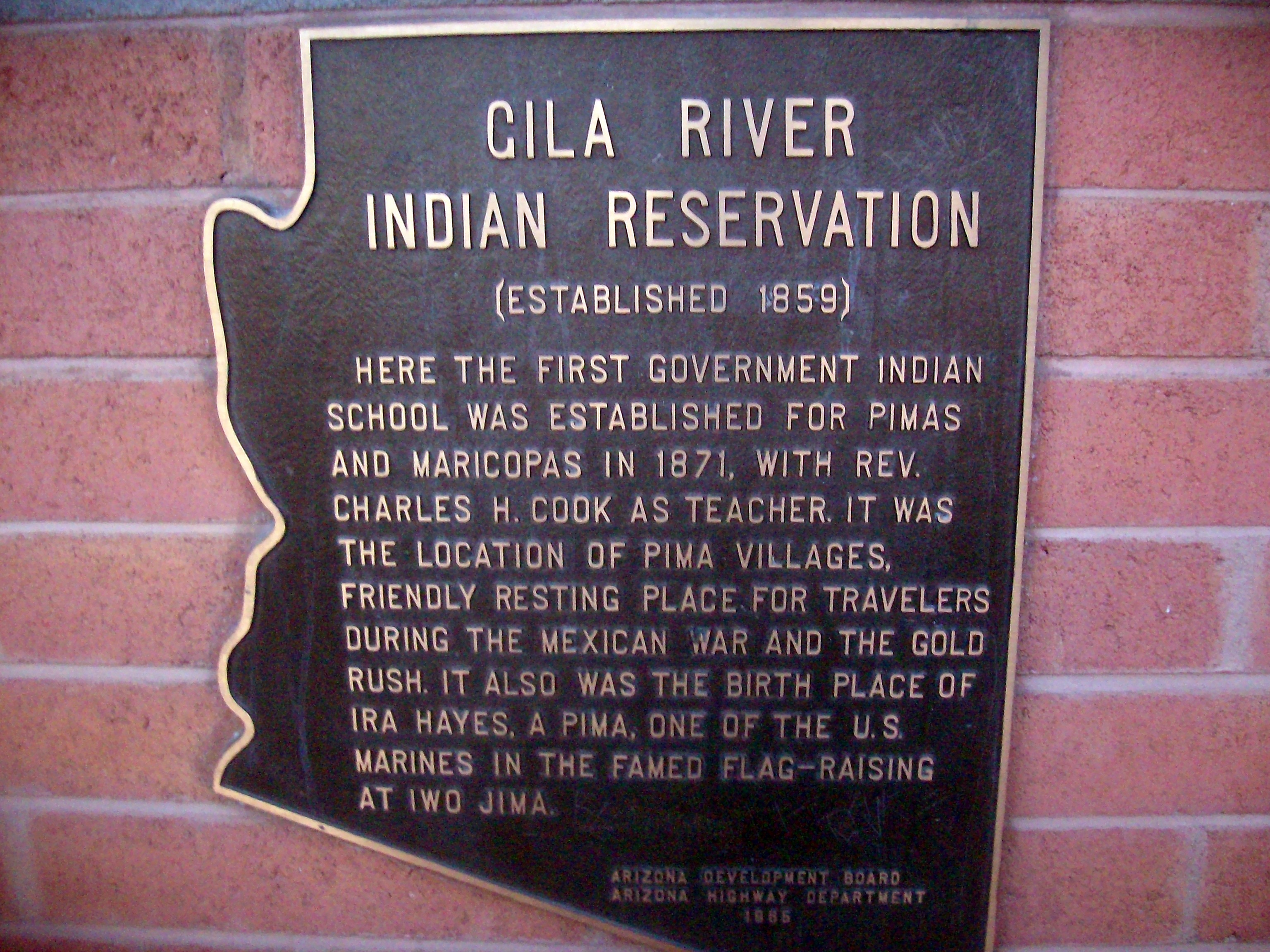By Aubrey Rumore
Cronkite News
WASHINGTON – The governor of the Gila River Indian Community told a House panel Wednesday that Indian Country is the nation’s “least served” area for broadband access, despite the “astounding” opportunity that it presents.
Gov. Stephen Roe Lewis told a House Energy and Commerce subcommittee that because of that gap, tribal areas are being left behind while broadband Internet access is transforming the rest of the country.
“The opportunity that broadband presents for economic development, education, health care and cultural preservation is astounding,” Lewis testified. “However, tribal lands are the least served areas in the country.”
He was one of a group of witnesses representing industry, investors, local governments and digital providers testifying on the need for greater broadband penetration – and the obstacles to it.
“Broadband Internet access has become the communications and commerce tool of our time,” said Rep. Greg Walden, R-Oregon, in his opening remarks.
Every city wants to “attract the best and brightest entrepreneurs and to galvanize their economies,” said Walden, the chairman of the subcommittee. “And our rural and tribal areas want to ensure that they are not left behind their urban counterparts.”
But witnesses and committee members said that is exactly what is happening.
Rep. Anna Eshoo, D-California, said she had heard of a situation in which a child living on a reservation had to be driven nearly an hour to the closest Internet service in order to do homework.
“I don’t think any member of Congress here that’s a parent would support that,” Eshoo said.
But witnesses said there are a number of barriers to extending broadband service to rural areas, not the least of which is the cost of physically extending a network into sparsely populated areas with sometimes difficult terrain.
Local governments can also impose restrictions on tower siting, pole access and conduit trenching that further complicate – and add cost to – the process, said Jonathan Adelstein, president and CEO of PCIA-The Wireless Infrastructure Association.
Lewis said right-of-way issues can be complicated in Indian Country by laws that have led to “fractionated” properties. That can “can cause delay in deployment (of broadband) as well as substantially increase the cost” as providers are forced to work through the Bureau of Indian Affairs, he said.
The Gila River Indian Community also has economic circumstances “unique to our tribal community,” Lewis said, but “similar throughout Indian Country.”
“The low median income and high rates of poverty presents a severe challenge for the delivery of all services, including broadband,” Lewis said.
Population density is another obstacle. Lewis said his community has a about 20 persons per square mile, compared to “approximately 415 per square mile in Maricopa County.”
When asked what could be done to help reach far-flung areas, Google Fiber City Teams Director Michael Slinger told Walden that there “may be new technology to affordably bring services and access” to tribal and rural lands. But those could be some time off, he said.
Walden noted that the government has not solved “the issues that come with deploying on tribal lands, where the need to improve the communications network is very real.”
But for Lewis, the fact that the issue is being talked about is a step forward.
“Tribal lands always fall through the cracks … We’ve gotten to the forefront of this issue” now, Lewis said after the hearing, adding that he is hopeful lawmakers will work to resolve this.



